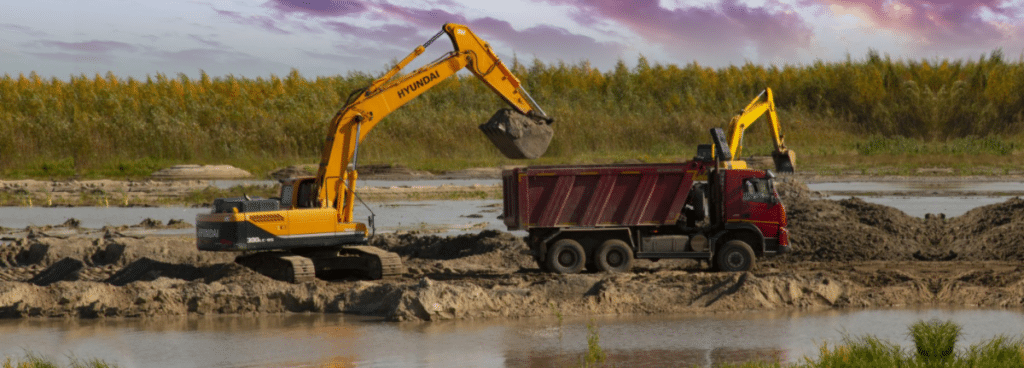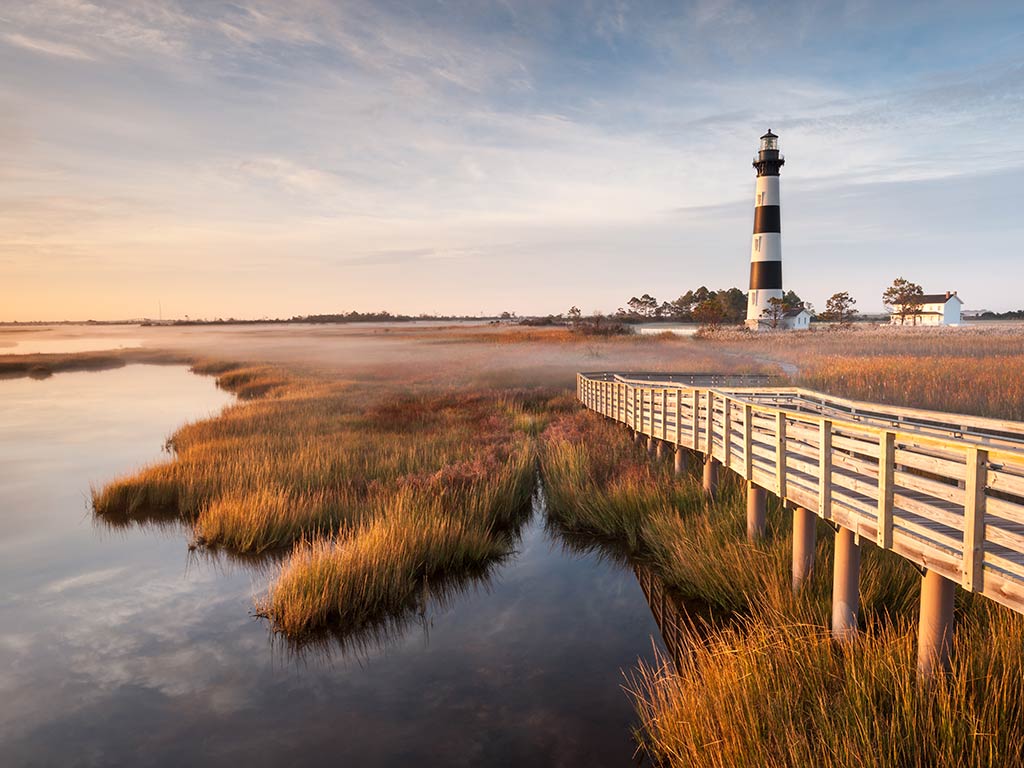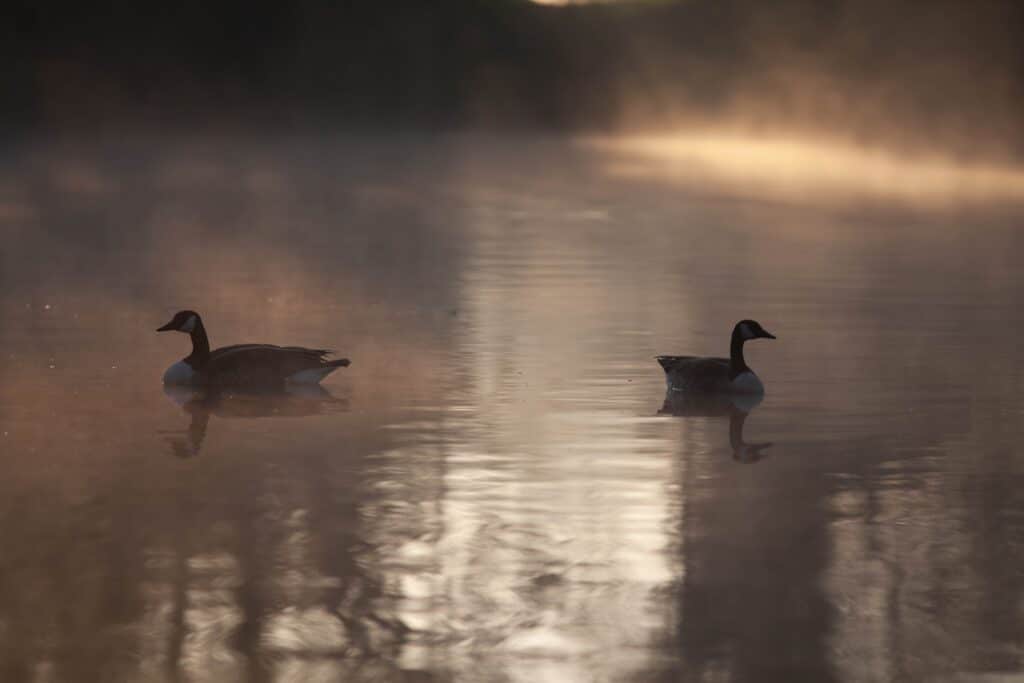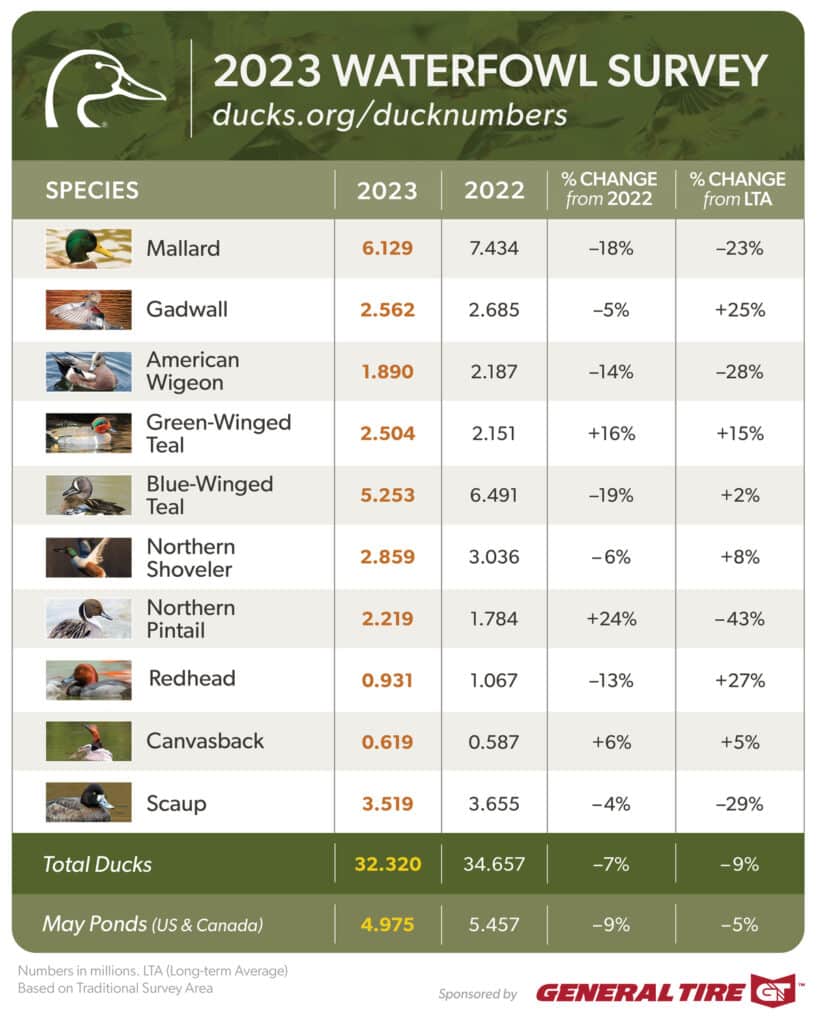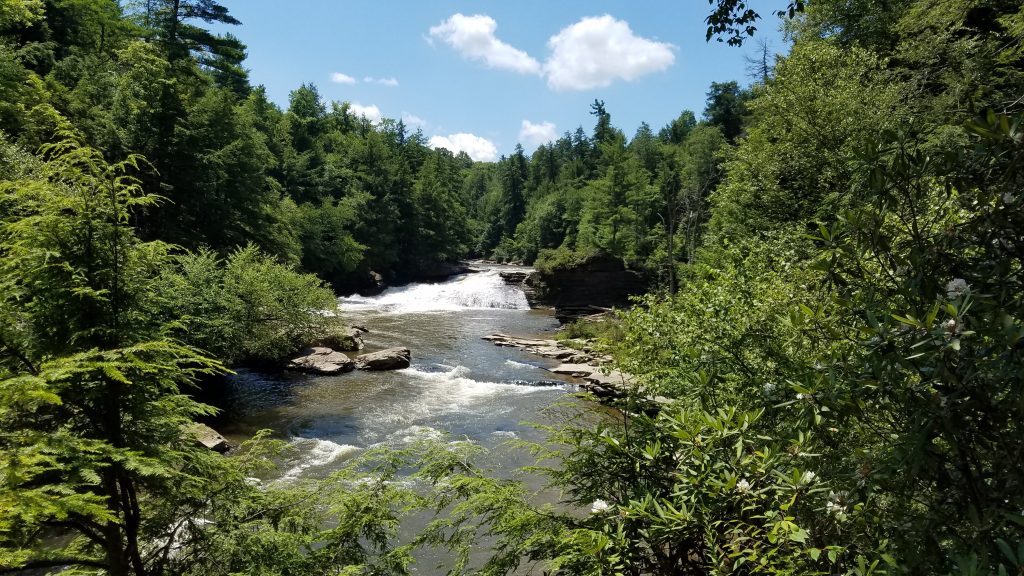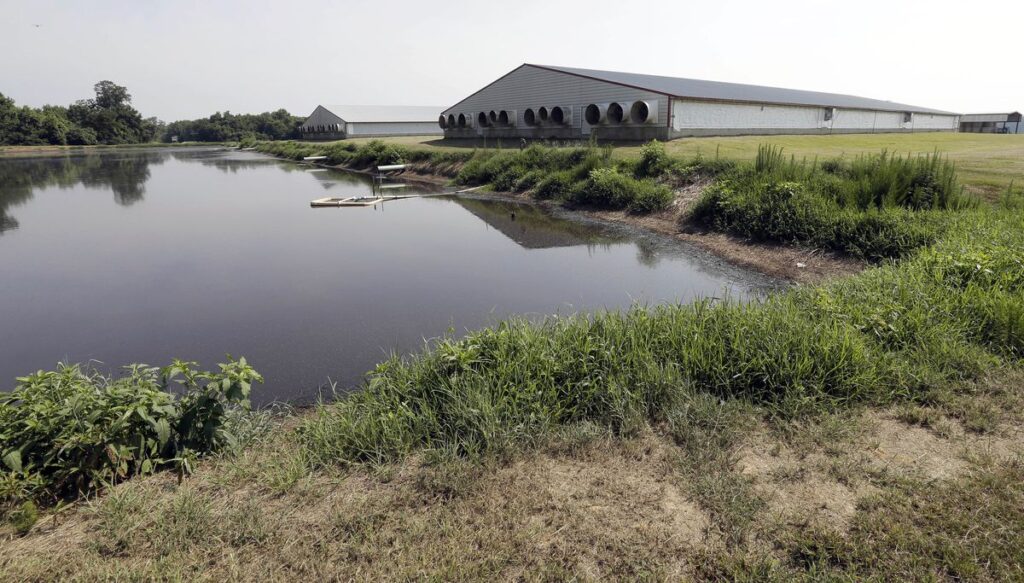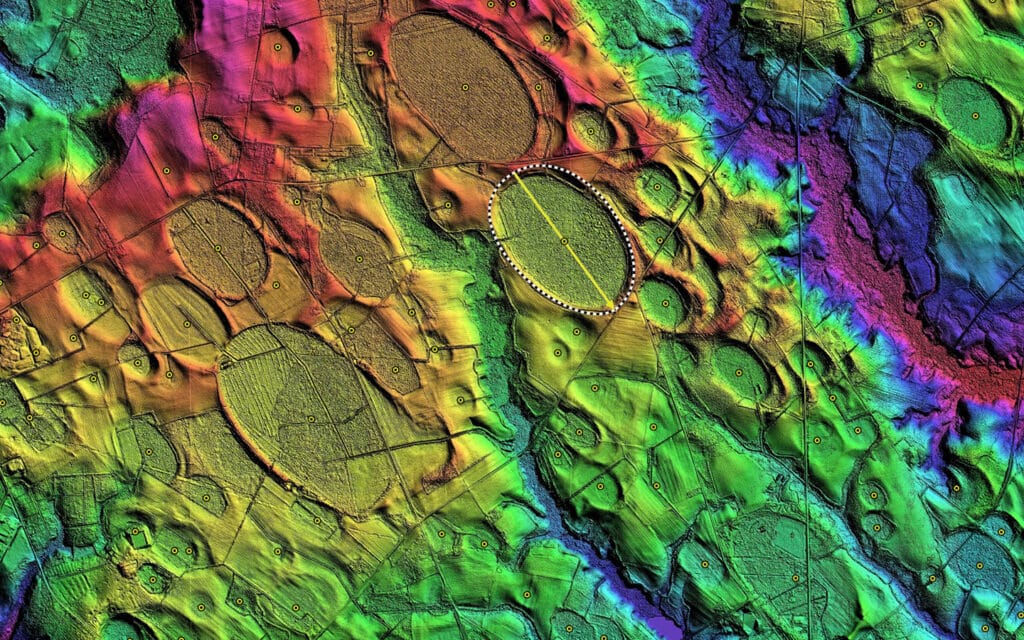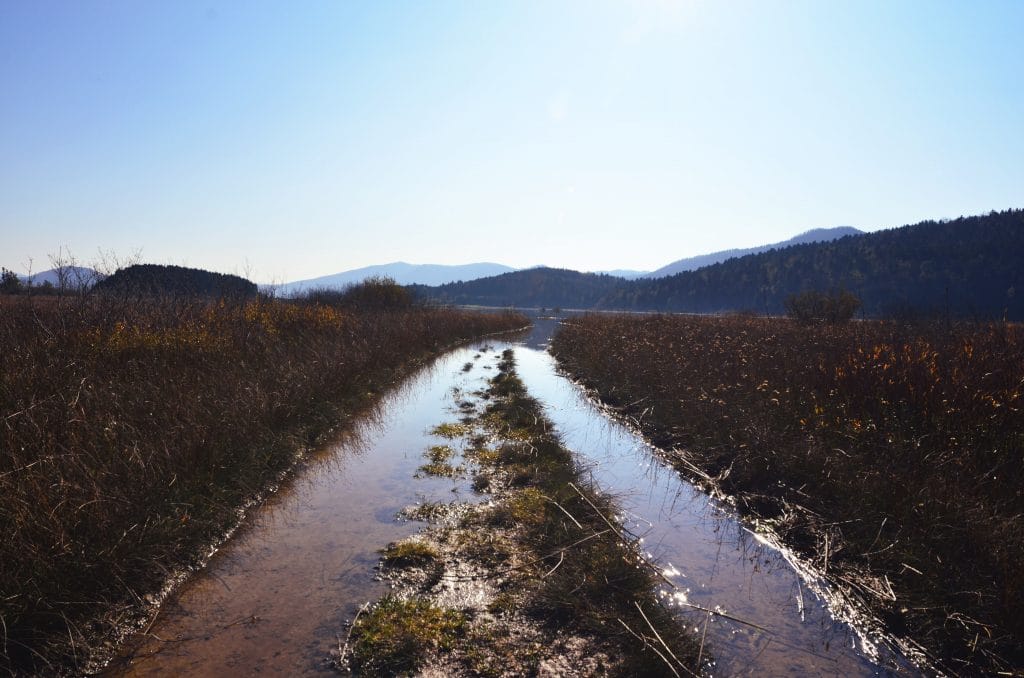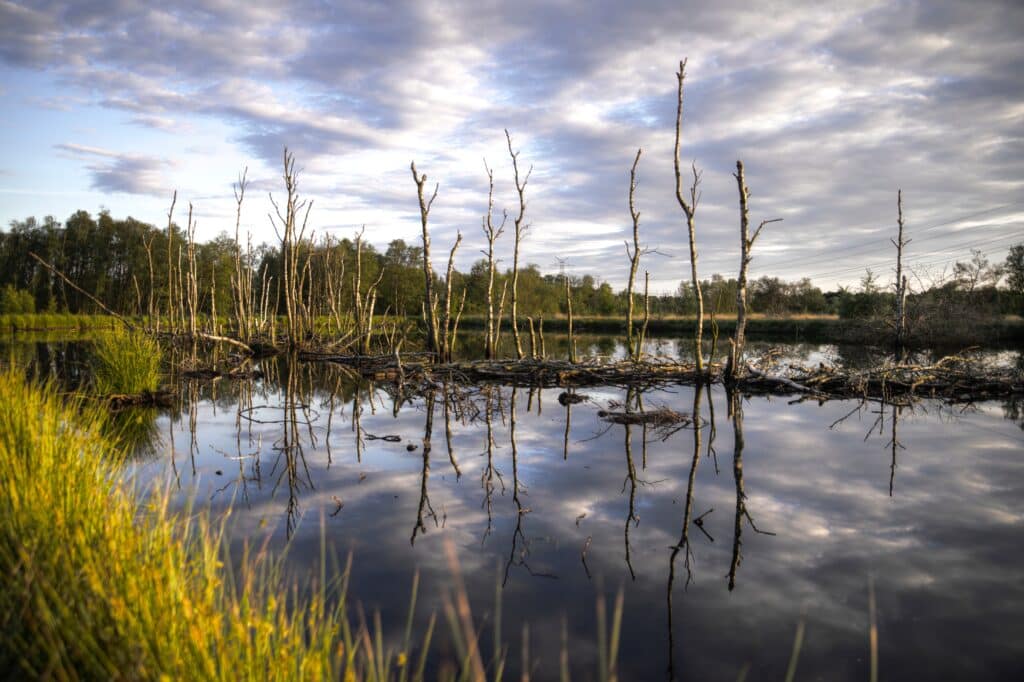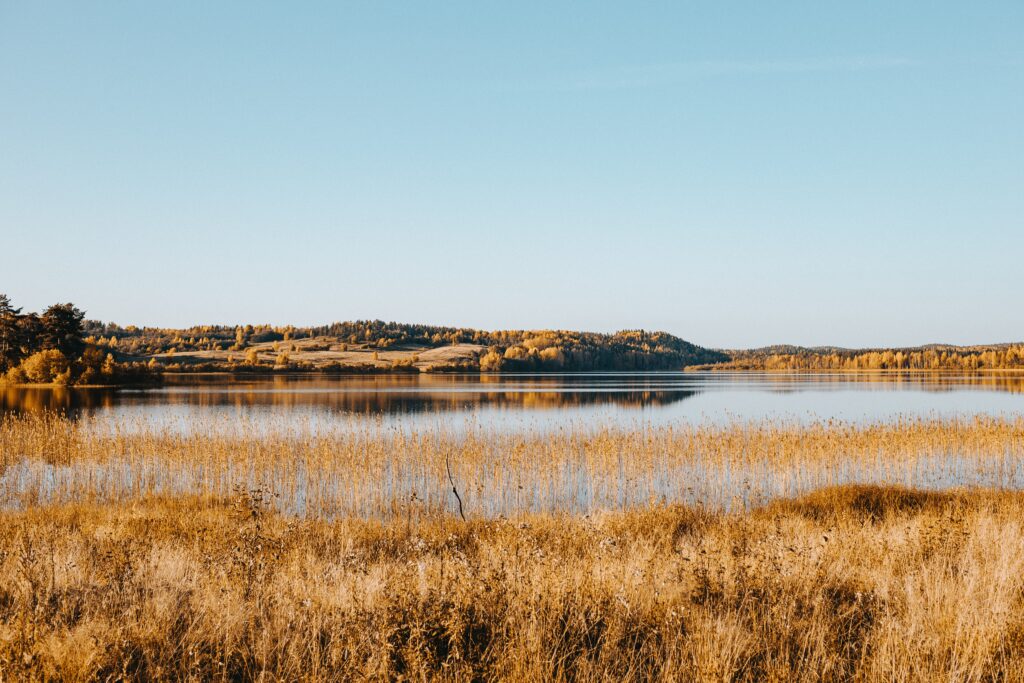Reprinted from Coastal Review
Commercial shrimpers can continue to harvest by trawler in the Pamlico Sound without a Clean Water Act permit, and the state will continue to manage its fisheries.
The U.S. Court of Appeals upheld a district court’s Sept. 17, 2021, decision that trawling in the North Carolina estuary does not violate the Clean Water Act, as alleged in a lawsuit that the North Carolina Coastal Fisheries Reform Group filed in August 2020 against a half-dozen commercial shrimping businesses.
The reform group argued that bycatch being thrown back into the water is a pollutant and disturbing sediment with trawl nets is dredging, either of which, the group contended, would require commercial shrimpers to obtain a Clean Water Act permit. The three-judge panel rejected the argument.
The district court dismissed the suit in 2021 because the Clean Water Act does not regulate bycatch — the state does — and that disturbing sediment with trawl nets does not violate the act.
The Clean Water Act establishes “the basic structure for regulating discharges of pollutants into the waters of the United States and regulating quality standards for surface waters,” the EPA explains.
The Court’s Decision
“We affirm the district court’s decision that Fisheries Reform Group fails to plausibly allege that shrimp trawlers are violating the Clean Water Act by either (1) throwing their bycatch back into Pamlico Sound, or (2) disturbing sediment on the Sound’s floor with their trawl nets, thereby causing it to resettle,” Judge Julius Richardson wrote in the panel’s unanimous opinion decided Aug. 7.
Congress leaves fisheries management, including bycatch, to the state or the National Marine Fisheries Service for waters 3 miles offshore, not the Environmental Protection Agency, which enforces the Clean Water Act, he notes.
The fisheries reform group, a Wilmington-based nonprofit established in 2020, “to change how the State of North Carolina manages our public trust marine resources,” filed the lawsuit against Capt. Gaston LLC, Esther Joy Inc., Hobo Seafood Inc., Lady Samaira Inc., Trawler Capt. Alfred Inc., Trawler Christina Ann Inc., and Trawlers Garland and Jeff Inc.
The reform group’s legal counsel, Jim Conner, told Coastal Review in an email that “the massive corporate-owned shrimp dredges are tearing up Pamlico Sound” and destroying fisheries across the entire region.
“Their dredges tear up the bottom and their nets capture and kill four pounds of finfish and other life for every one pound of shrimp, killing billions of fish every year that are simply dumped back into the water as pollutants,” he said. “The Court missed an opportunity to apply the clear and unambiguous wording of the Clean Water Act to protect North Carolina estuaries and fisheries.”
“A Win for All Fishermen”
North Carolina Fisheries Association Executive Director Glenn Skinner said in a press release last week that while the organization was not in the lawsuit, members paid attention because the decision would have had “tremendous repercussions” for shrimpers, the industry, and commercial and recreational fishermen nationwide.
“This is a huge win for all fishermen, commercial and recreational. If the courts had decided with Mr. Joseph Albea and the Coastal Fisheries Reform Group, the results would have been devastating for both sectors,” Skinner said in a statement.
Judge Richardson explains in his published opinion that the major-questions doctrine was the deciding factor in this case. The major-questions doctrine is a legal background rule for when the question at hand has “significant political and economic consequences.” In this case, “whether returning bycatch qualifies as a ‘discharge’ of a ‘pollutant’ under the Act is a major question.”
Richardson explains that this is different from other major-questions cases because with those, it’s usually an agency asserting more power than is authorized by Congress. Here, it’s a citizen suit between private parties, and the authority that the Fisheries Reform Group seeks for the EPA would have significant political and economic consequences.
“Interpreting the Act to require the EPA to regulate bycatch would give it power over ‘a significant portion of the American economy,’” he writes.
“If we sided with Fisheries, the immediate consequence would be to simply ban the shrimpers from throwing their bycatch into Pamlico Sound. That might sound like a small effect; yet the consequences would be vast,” Richardson writes. “For, if we adopted Fisheries’ reading of the statute and held that bycatch falls within the Act’s definition of pollutant, then that same reading would force the EPA to regulate not just all bycatch, but virtually all fishing, through the Act’s permitting scheme. The economic and separation-of-powers stakes of our ruling thus mirror those at play in other major-questions cases.”
The North Carolina Fisheries Reform Group first petitioned the North Carolina General Assembly in January 2020 by letter, expressing its concerns with how the state manages fisheries. Shortly after, group members retained Conner as counsel.
On May 13, 2020, the group sent to the Division of Marine Fisheries, North Carolina Department of Environmental Quality, and the commercial fishing businesses a 60-day notice of intent to file a citizen suit under the Clean Water Act’s “prohibition against discharging pollutants into navigable waters and provisions regarding dredging activities.”
The reform group filed Aug. 4, 2020, the lawsuit in the U.S. District Court for the Eastern District of North Carolina against the commercial shrimpers, NCDEQ and Division of Marine Fisheries. The group voluntarily dismissed its claim against the state, but pursued the lawsuit against the businesses.
In an interview last week, Skinner with the North Carolina Fisheries Association, a nonprofit commercial fishing trade group, said he had spoken to a few of the defendants, and they were relieved.
“The big problem is, and I don’t think most people look at it this way, Mr. Albea and his group didn’t sue the EPA. They didn’t sue a state or federal agency. They sued individuals who were operating legally. You’re allowed to shrimp in Pamlico Sound,” Skinner said. This lawsuit “cost those people hundreds of thousands of dollars for nothing.”
Skinner said that through the Shrimp Fisheries Management Plan, “And most people aren’t aware of this, we have to work to conserve habitat.”
Shrimp Trawling in NC
North Carolina has a little over 2 million acres of estuarine waters and a million of that is permanently closed to shrimp trawling, either because it’s a nursery area for juvenile wildlife or to protect seagrass or habitat. “We’ve closed half of our estuary already permanently,” he said.
The North Carolina Marine Fisheries Commission, the rulemaking body for estuarine and marine fisheries management, has had its Shrimp Fishery Management Plan in place since 2006. The Division of Marine Fisheries implements and enforces the measures approved by the commission.
Depending on the type of trawl used in the Pamlico Sound, average vessel length ranged from 22 to 53 feet in 2010-2011, according to the plan’s Amendment 1. The Pamlico Sound has accounted for about 56% of total commercial shrimp landings in North Carolina since 1994, the Amendment 2 published in 2022 states.
Division Biologist Supervisor Chris Stewart, in an email response to questions about how the Shrimp Fishery Management Plan works, explained that the 2006 plan implemented several area closures and a 90-foot head rope limit in the waters that surround the Pamlico Sound.
The head rope is the top line of the net, or trawl webbing, that is measured from the outermost mesh knot at one end of the trawl following along the line to the outermost mesh knot at the opposite end, according to the division.
Amendment 1 established a maximum combined head rope length of 220 feet in the Pamlico Sound and convened an industry workgroup to test gear combinations that achieved at least a 40% reduction in finfish bycatch, Stewart explained.
Under the May 2018 revision to Amendment 1 and continued through Amendment 2, fishers are required to use one of four gear combinations that achieved at least 40% finfish bycatch in all shrimp trawls, except skimmer trawls, in the Pamlico Sound and portions of the Pamlico, Bay, and Neuse rivers.
“It is important to note that these reductions in bycatch are in addition to the 30% reduction in finfish bycatch mandated by the federal bycatch reduction device (BRD) certification process and achieve nearly twice the federal requirements for reducing bycatch,” he said. “With the adoption of Amendment 2, shrimp trawling was prohibited in crab spawning sanctuaries designated at Oregon, Hatteras, Ocracoke, and Drum inlets.”
Stewart said that that the division doesn’t have bycatch numbers.
“While the portion of bycatch that is sold (incidental catch) is recorded on trip tickets, the portion of bycatch discarded at sea is highly variable and characterization studies completed by the division are spatially and temporally limited. Thus, more data is needed to quantify the total magnitude of bycatch in the shrimp trawl fishery,” Stewart said. “Currently, the Division is investigating the feasibility of developing a long-term shrimp trawl observer program to better monitor and quantify annual shrimp bycatch.”
Source
Allen, J. (2023). Court upholds that trawling doesn’t violate Clean Water Act. Coastal Review. Retrieved from https://coastalreview.org/2023/08/court-upholds-that-trawling-doesnt-violate-clean-water-act/
